
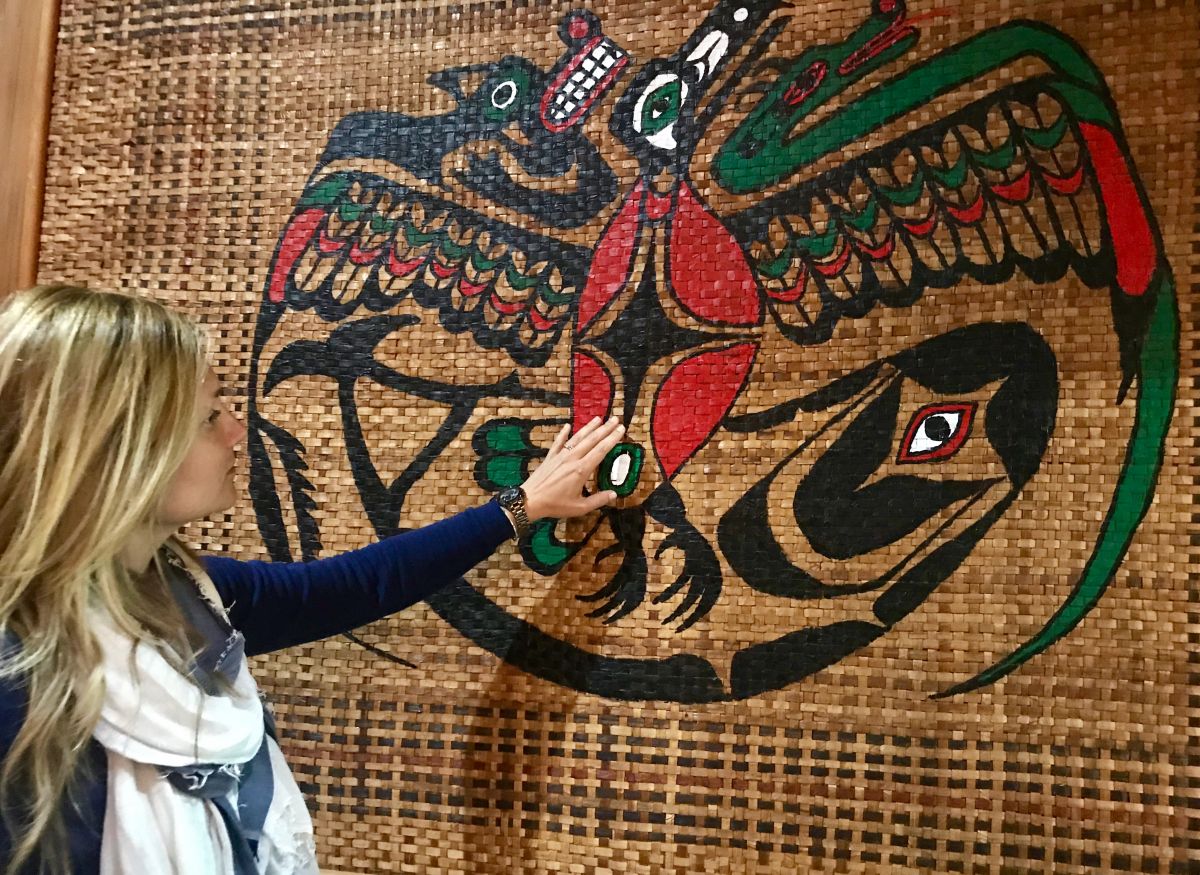
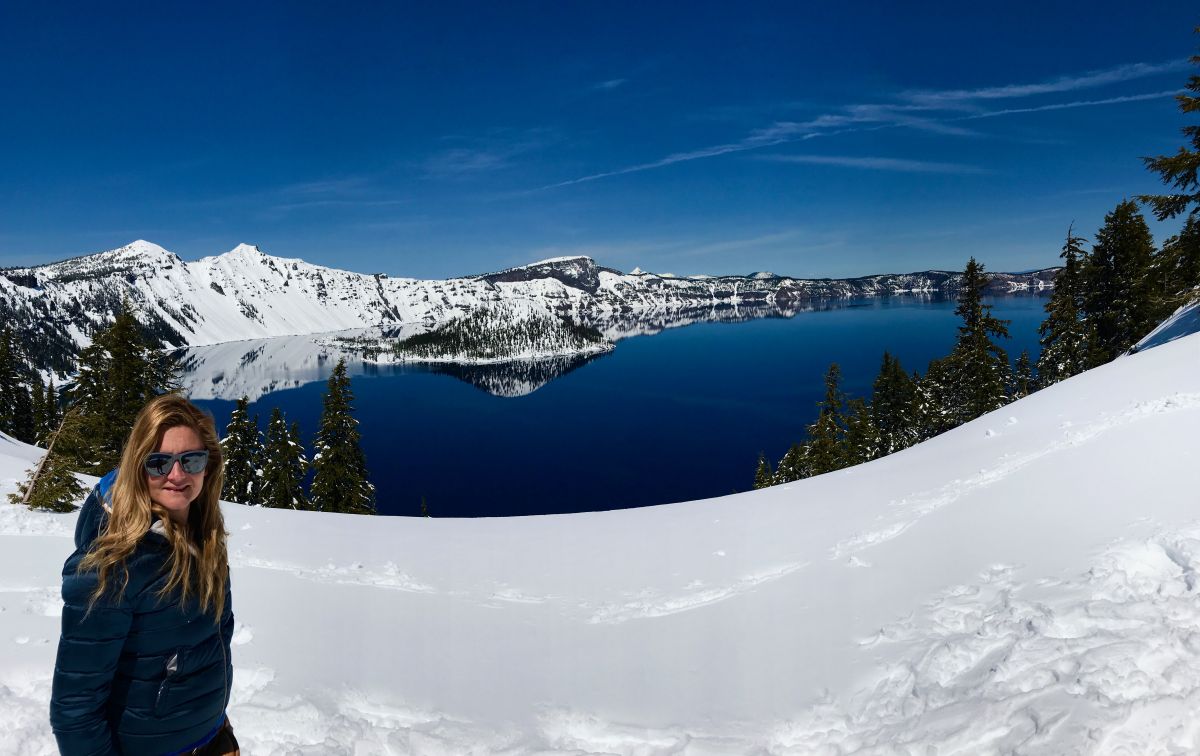
In Italian
What to visit in Arizona unusual and particular, to include maybe as “alternative” stage in a road trip throughout the South West USA?
It’s difficult being able to put just in one post all that this state has to offer to visitors, besides its most iconic places.
It’s better to tell about it little by little – very well – to allow everyone to read, taste, imagine and draw then calmly and attentively the itinerary of the next on the road.
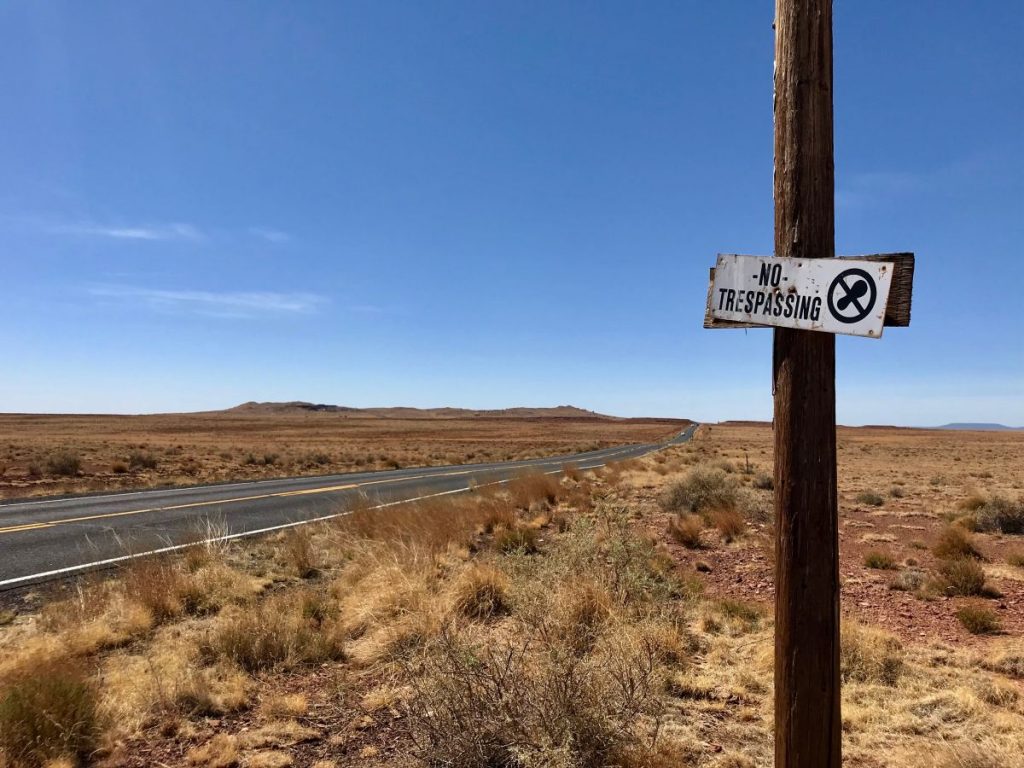
What to visit in Arizona unusual and particular: the road towards the Meteor Crater National Landmark
Arizona is magic.
Land of contrasts and pure beauty, deserts, red rock and canyons shaped over time by the Colorado River, ghost towns, gorges and boundless sunny valleys, petrified forests, starred skies and endless roads.
Land of some among the most suggestive and famous naturalistic sites in the world – Grand Canyon, Antelope Canyon, Horseshoes Bend, Cathedral Rock, just to quote the most famous ones – but also of less famous places that once discovered make a journey to the South West even more special and unforgettable.
Like the Meteor Crater National Landmark, a 3,5km circumference and 600meters deep crater generated 50 millions years ago from the fall of a giant meteorite in the middle of Arizona.
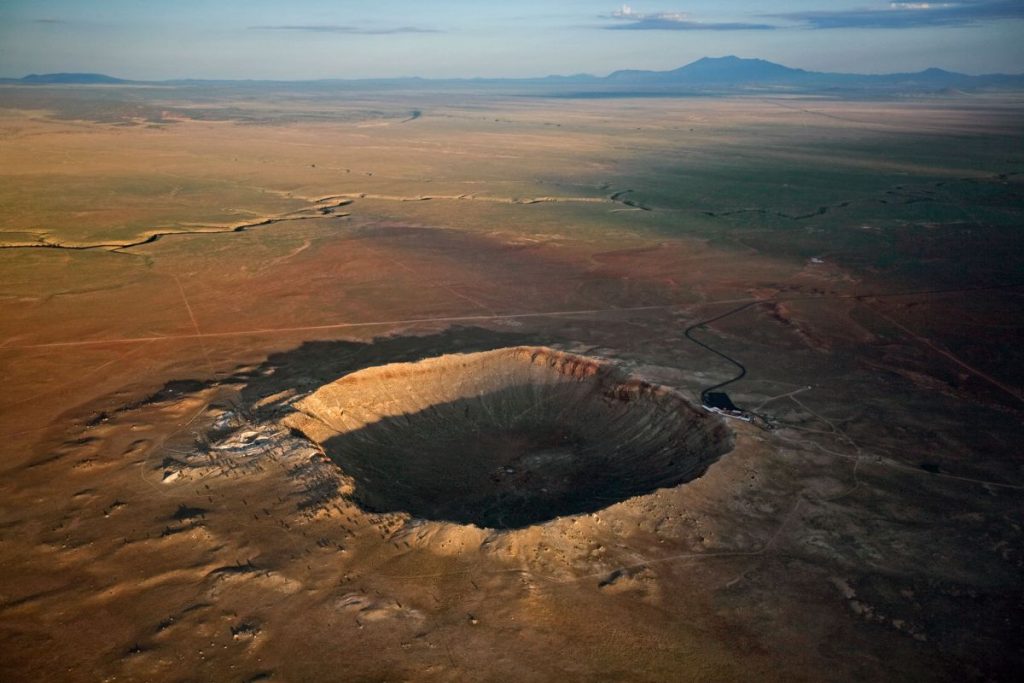
What to visit in Arizona unusual and particular: Meteor Crater National Landmark – ph meteorcrater.com
“At first it had been an almost telescopic speck; it had brightened to the dimensions of the greatest star in the heavens;
it had still grown, hour by hour, in its incredibly swift, its noiseless and inevitable rush upon our earth,
until it had equalled and surpassed the moon”
(Herbert George Wells)
The Meteor Crater National Landmark – also called Canyon Diablo Crater, Barringer Crater or Coon Butte – is the first terrestrial meteoritic crater whose origin has been demonstrated.
Before the discovery – speculated in 1905 by the geologist Daniel Moreau Barringer (who then purchased the whole area) and accepted by the international scientific community only in the 1950s thanks to the geologist Eugene Shoemaker – people thought all terrestrial craters were only and exclusively of volcanic origin.
The following scientific surveys led to the conclusion that 49 millions years ago, during the Pleistocene epoch, a 100meters diameter meteorite disintegrated on a green and rich in life area of Colorado Plateau (today a desert area of Arizona): 500 times the energy released by the Hiroshima atomic bomb.
The impact was devastating – a speed of 70.000km/h.
The meteorite disintegrated itself immediately destroying every animal and vegetal life in 10km and spreading its debris as far as a distance of 100km.
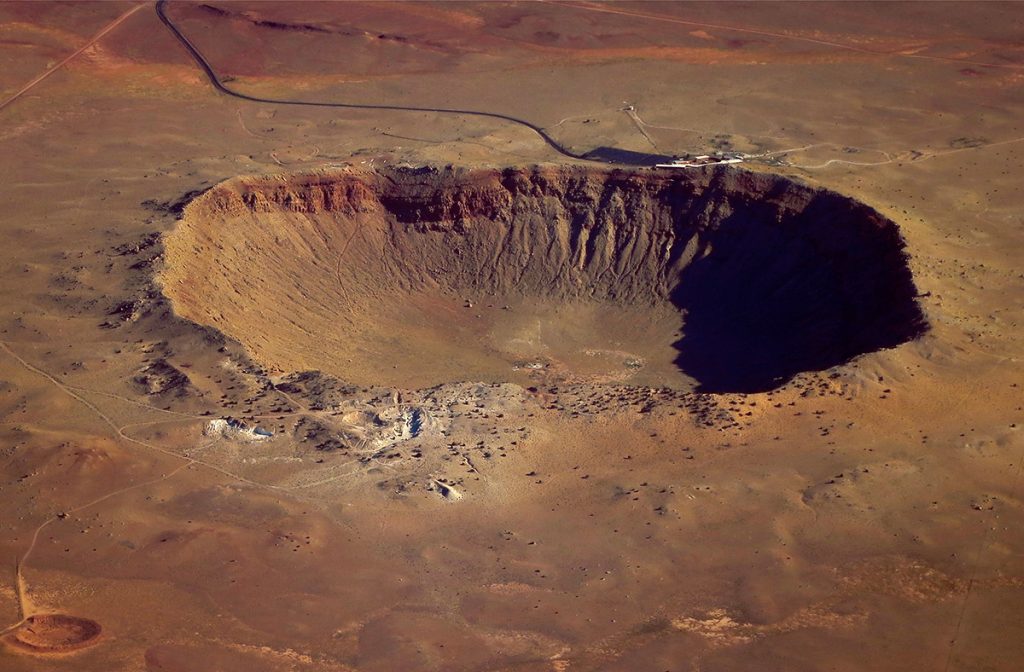
What to visit in Arizona unusual and particular: Meteor Crater National Landmark – ph meteorcrater.com
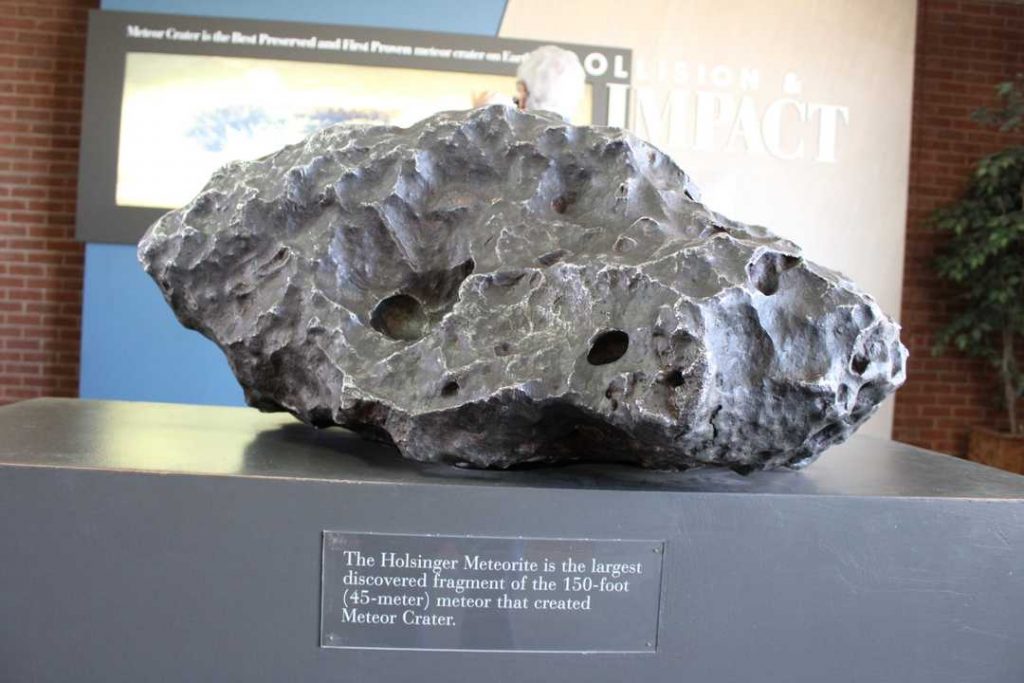
What to visit in Arizona unusual and particular: Meteor Crater National Landmark, the biggest meteoritic fragment ever recovered
The bottom of the crater – still today an area which cannot be visited by the most part of people, destined only to scientific studies – due to its particular conformation very alike the
lunar soil one, was used for several years by the NASA researchers for the moon landing trainings of the Apollo’s missions crew.
The Meteor Crater became accessible to the public only from late 1960s.
Today the whole facility – still run by Barringer heirs – has been turned into a museum, an open-sky one for a good part, with researchers center attached.
The visit of the Meteor Crater National Landmark will take at least an abundant hour, two and a half ones if you decide to take part into the guided tours on the crater’s circumference.
Admittance includes the stop on 3 viewpoints on the crater’s edge, the possibility to use telescopes on the view platforms to admire calmly the amazing neighboring landscape, the bottom of the crater and the rocks created following the fall of the meteorite, the tour of the Interactive Discovery Center with the small museum attached. And the chance to watch the “Impact” movie every 30 minutes, which reconstructs in detail the impact of the meteorite and Barringer’s story.
The guided tours on the crater’s edge – very recommended if you have time – leave every 15 minutes, from 9.15 am until the last one at 2.10 pm. They last 45 minutes about and are led by specialized guides.
It is necessary to require the booking when you buy the ticket or send a request by the official website in case of numerous groups.
The Meteor Crater National Landmark is located on the Interstate 40 in the Winslow area, Arizona.
It is opened to the public 7 days a week 8am-5pm. At the moment admittance is $18 adults, $9 teens 6-17 (free admittance under 6) and $16 seniors. Discounted fares for groups over 6 people are scheduled.
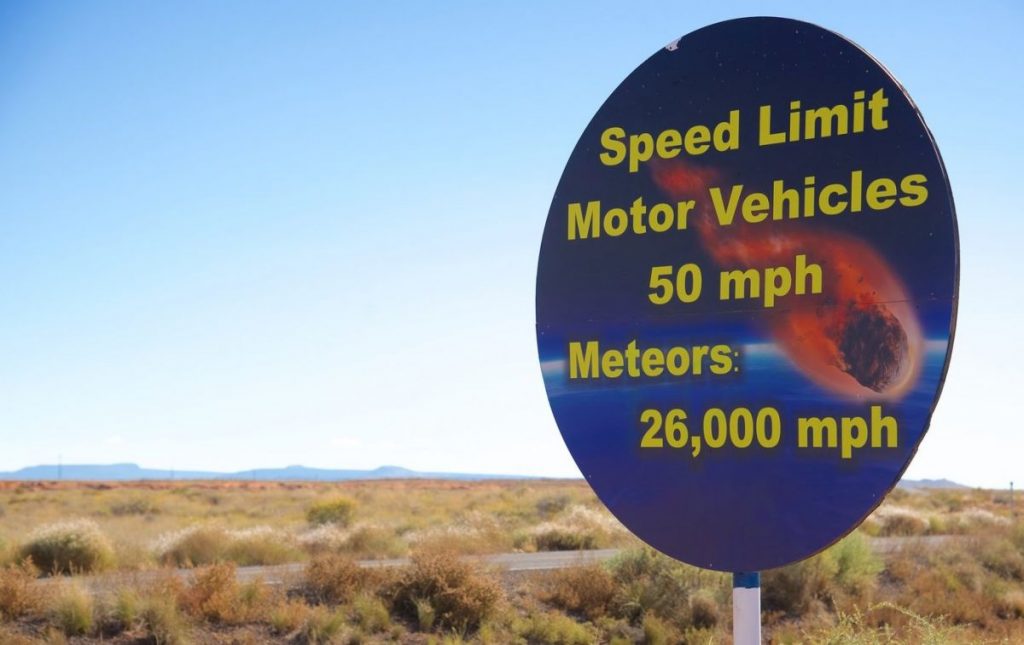
What to visit in Arizona unusual and particular: Meteor Crater National Landmark, signs along the road
Comfortable cloths are recommended, trekking shoes if you go on tour on the crater and the use of solar creams, above all in the hottest hours of the day.
Winslow, located about 36km far from the Meteor Crater, is a nice small town crossed by Route 66.
It is also famous to have been quoted in “Take it easy”, a famous song by Eagles… “Well, I’m a standin’ on a corner in Winslow, Arizona, such a fine sight to see.”
The corner is located between Corner of Kinsley and Old Hwy 66, the original path of Route 66.
Winslow is certainly the best solution for a stop on the road to Meteor Crater or even better stay overnight.
The Posada Hotel and Gardens is the ideal place.
It is a historic Mexican style “hacienda” – in the past it hosted characters of the caliber of Albert Einstein, Franklin Delano Roosevelt, John Wayne, Amelia Earhart – completely restored with theme rooms, a very good restaurant, and free Wi-Fi and parking.